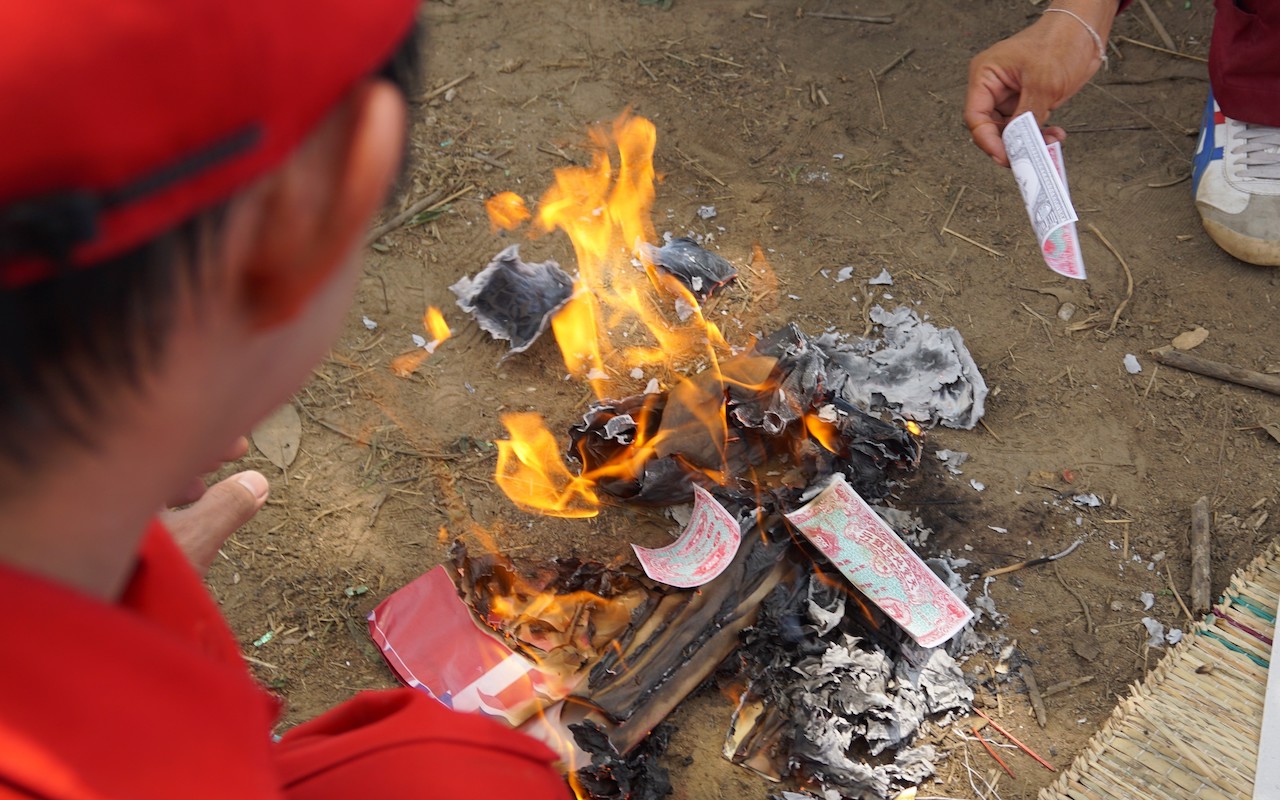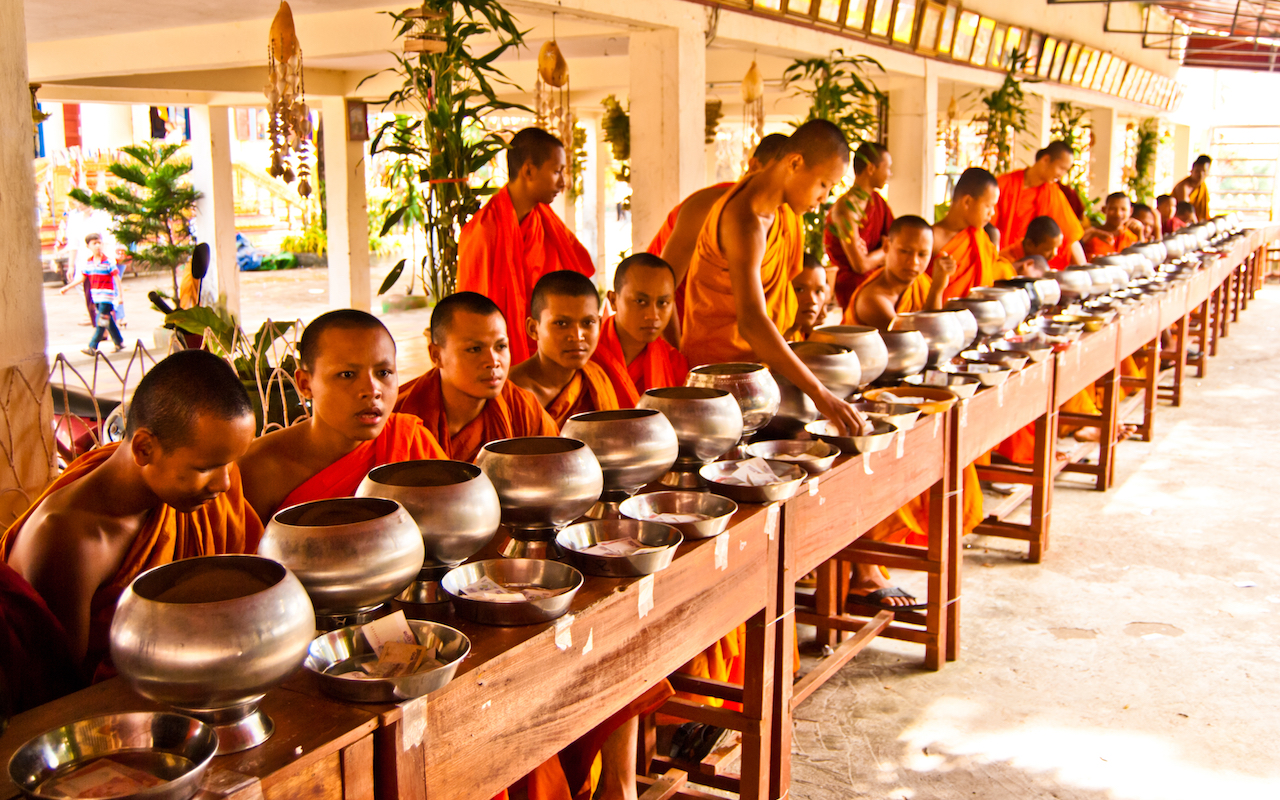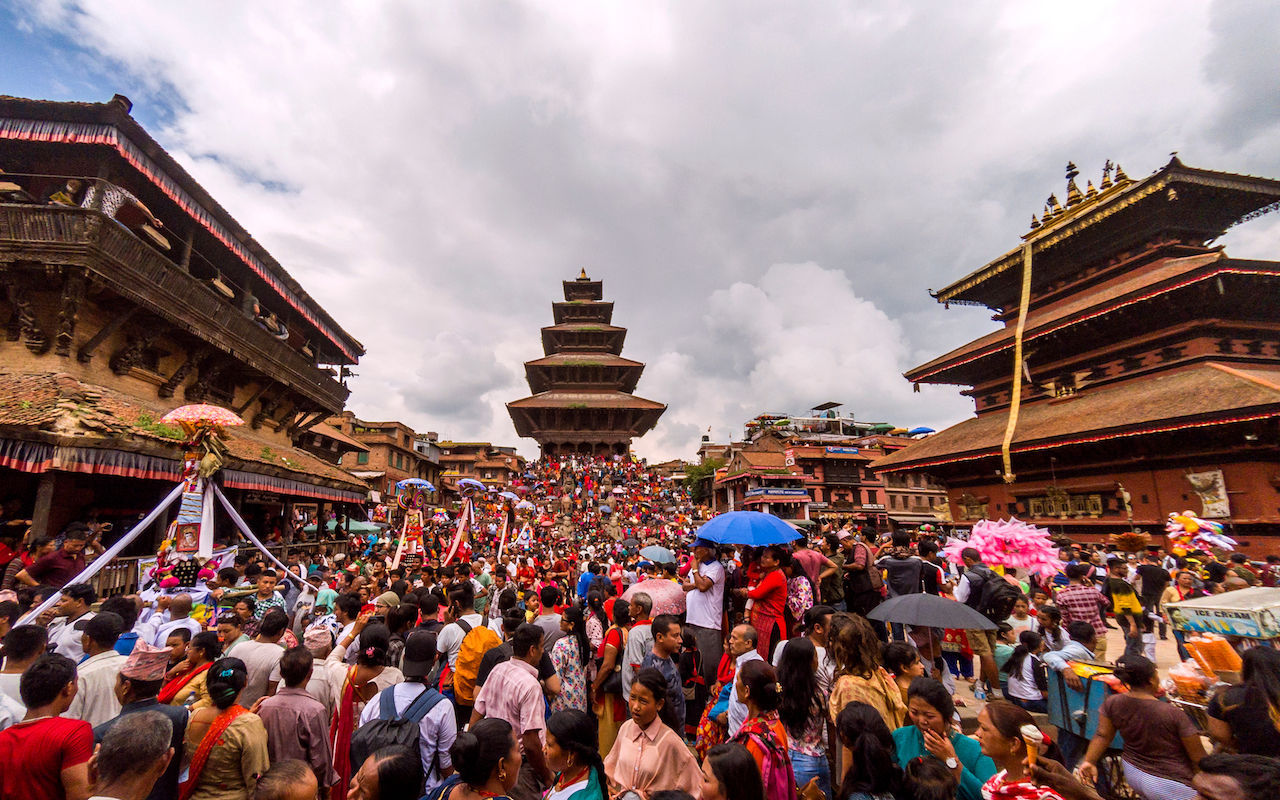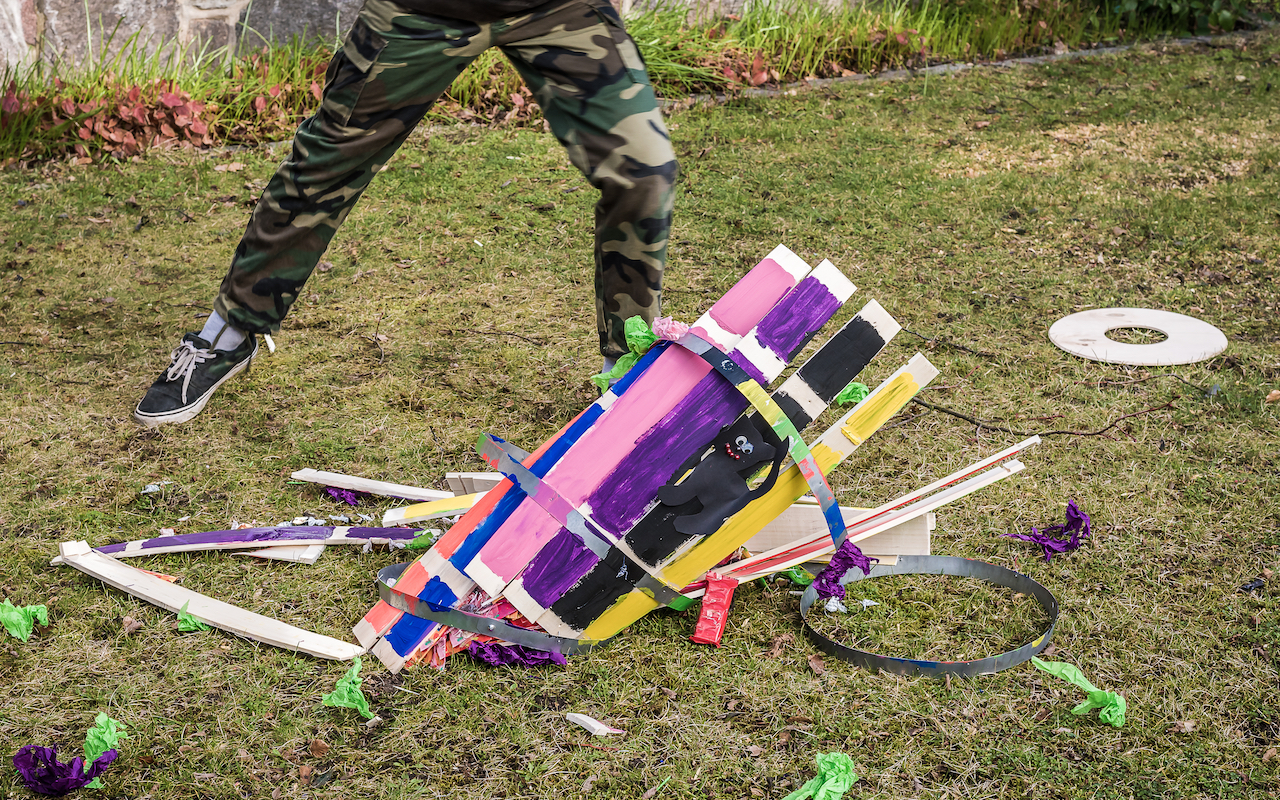Halloween is celebrated in many countries on 31 October. The most popular images that this holiday brings to mind are decorated pumpkins, haunted houses and people dressed up in elaborate – and often scary – costumes. But Halloween isn’t the only festival that traditionally concerns the afterlife or costumes. Here are other celebrations around the world with similar vibes.
1. Pangangaluluwa – The Philippines
Best described as the Filipino version of the trick-or-treat practice in the US, this is a folk tradition that takes place at the end of October, or on All Hallows’ Eve. It’s celebrated mostly in rural areas and usually by children and teenagers. The ritual involves young ones going door to door dressed in costumes, singing All Saints’ Day and All Souls’ Day songs, pretending to be souls lost in purgatory. This is done in exchange for money and prayers for the dead.

2. Hungry Ghost Festival – China, Hong Kong, Taiwan and Singapore
This falls on the 15th day of the seventh lunar month, usually between August and September. According to traditional Chinese belief, restless spirits roam the earth during this month so it’s important to appease them by “feeding” them. Food is left out for these hungry ghosts and many also burn faux money and other offerings, such as paper effigies in the forms of cars, watches and jewellery for their ancestors to use in the afterlife. Live Chinese operas are also performed during this festival, entertaining both the wandering spirits and the living who are paying homage to them.

3. Pchum Ben – Cambodia
One of the two biggest celebrations in Cambodia – the other being the Khmer New Year in April – Pchum Ben, or Ancestors’ Day, lasts 15 days and occurs during the 10th month of the Khmer calendar, which usually falls in September or October. It is believed that during this period, spirits roam the earth to receive offerings from their relatives. Cambodians visit pagodas during this time and dedicate food and other offerings – such as flowers and money – to their departed loved ones. In return, the spirits are said to bless the living with happiness.

4. Gai Jatra – Nepal
Gai Jatra commemorates the deaths of loved ones from the past year and is mainly celebrated in the Kathmandu Valley during the month of Bhadra (August–September). It is also known as the cow festival – gai means “cow” in Nepali, a sacred animal in the Hindu religion and believed by some Nepali people to escort wandering spirits towards heaven. During the festival, cows are traditionally bathed and decorated in the morning and then sent for the procession by members of the deceased’s family. However, with cows being less common in cities these days, boys are often dressed up as cows instead. The celebrations also include singing, dancing and parades.
5. Walpurgisnacht – Germany
This old pagan festival takes place on 30 April and is also known as Saint Walpurgis Night. According to folklore, witches appear on this night and meet at the Brocken, the highest peak of the Harz mountain range. Today, Germans observe Walpurgisnacht by dressing up in costumes – witches and devils are popular choices – and enjoying street carnivals. There are usually bonfires, stage performances, dance floors and booths selling food and drinks. Expect a lot of noise – loud music is played and fireworks are set off to drive the witches away.

6. Fastelavn – Denmark
Fastelavn is a children’s holiday celebrated in Denmark and other Scandinavian countries, with some variations. During Fastelavn, which takes place on a Sunday in February before the start of Lent, kids dress up in costumes and knock on doors asking for sweets or coins – similar to trick-or-treating during Halloween. They also eat Fastelavnsboller, a sweet round bun usually filled with cream or custard. In the past, the festival also involved placing a black cat in a barrel and beating the barrel until it broke, thus releasing the cat, as a symbol to ward off evil. These days, the barrel is filled with candy instead – it is hung up and kids smash it open with a bat to make the treats fall out, much like a piñata.
To book a flight to these destinations, visit singaporeair.com
SEE ALSO: 3 days in Singapore: The October 2019 edition
The post Six Halloween-like traditions around the world appeared first on SilverKris.
from SilverKris
No comments:
Post a Comment